You might see car dealership salespeople decorating recently purchased vehicles with enormous bows to excite the buyer. If you believe that this constitutes car wrapping, you must reevaluate your definition of the term.
Wrapping a vehicle involves the application of a thin film of leatherette all over the exterior of the car. This completes the wrapping process. When wrapping an automobile, one may cover the entire car or just a specific component, like the hood or the roof.
Although wrapping an automobile is an expensive endeavour, there are several advantages that more than make up for the initial financial outlay:
| Reasons | Explanation |
| Appearance | Holographic, chrome wraps and colour-shift are just a few of the many bespoke patterns, colours, and designs available for car wrapping. They might also have elements that illuminate in the dark. |
| Texture | Wraps for vehicles may come in various finishes, including satin, matte, gloss, and even 3D textures. These accents can boost the appearance of the automobile as a whole and help it stand out from the competition. |
| Branding | Creating a giant canvas for marketing and increasing brand recognition may be easily accomplished by wrapping an automobile with a company’s emblem, colours, and graphics. |
| Protection | Vinyl coatings last long and don’t scratch or fade easily. They provide a layer of defence against the elements of the car’s original paint, making it simpler to care for and increasing its resale value. |
| Versatility | You can easily pull off vehicle wraps without causing any damage to the vehicle’s original paint job. This makes it possible to change the automobile’s appearance, rename a business vehicle, or remove a wrap from a car. |
What Does The Term “Car Wrapping” Mean?

The aesthetic effect of wrapping an automobile is comparable to painting it, but it is far more affordable. Large vinyl decals are carefully applied on a car, truck, or another vehicle’s previously painted surfaces before wrapping occurs. These surfaces include the roof, fenders, doors, hood, and others.
If correctly placed, a vinyl wrap can prevent a vehicle’s factory finish from damage or chips. It leaves the car with a blank slate, customisable according to your preferences.
You can choose whether it will be frightening, enlightening, or tasteful for other people to experience. If the wrap is for marketing reasons, then it may as well impart some knowledge to the recipients.
The adhesive side of the wrap gets its protection from harm from the vinyl component of the wrap while it gets affixed to your vehicle. When the vinyl is being purchased, it may arrive in the form of rolls or in chunks that have been precut. They are precut to correspond with the vehicle’s various parts that need covering.
Available Wrap Varieties
If you want to change the colour of the automobile, you should choose an opaque wrap rather than a transparent one.
An opaque wrap is better for keeping the paintwork on your vehicle than a transparent one. A partial wrap is an alternative to a full wrap that you can use if you do not want to cover your car completely.
Satin, gloss, mate wraps, and metallic wraps in any colour are available for those who prefer a more tactile package.
You can have your vehicle wrapped to your specifications to advertise your company or tap into your inner Da Vinci, Mapplethorpe, or Van Gogh. Alternatively, you could do both.
What’s the Point of Wrapping a Car, Anyway?
High-end vehicles, especially those driven and parked in urban areas, should think about getting clear wraps to prevent minor damages.
The owner or leasing can save money and time by installing a clear, nearly invisible wrap on the front end to protect it from flying stone chips. It will also make cleaning easier if a stone hits the wrap.
The vinyl lamination is for maximum defence against scratches and ultraviolet light. You can easily peel off the wrapping when you return a rented vehicle with vinyl wrapped with advertising or artwork. If the paint job is done correctly and the automobile hasn’t been sitting around for too long, the car returns to its original colour scheme.
Before performing any modifications, be sure your lease agreement permits wrapping before you make additions.
Do Car Wraps Have Any Drawbacks?
Wrapping your car might be better if it’s in rough shape.
Damage to the vehicle, such as dents, dings, scratches, and corrosion, will still be visible after wrapping. Wraps last longer and appear better on automobiles that are in decent shape. That is why many professionals always avoid wrapping vehicles whose paint is chipping or corroded.
The car’s vinyl can also deteriorate when salt is used to remove snow or when exposed to extreme temperatures. The wrap should last around five years if the car is in excellent shape when the vinyl wrap is applied initially.
It will last even longer when kept out of the hot sun. Also, after the car comes into contact with the salt used to remove snow, you should clean it. However, the wrapping will need to a change after some time. Otherwise, removing it may become increasingly challenging and expensive.
Wrapping: How Is It Done?
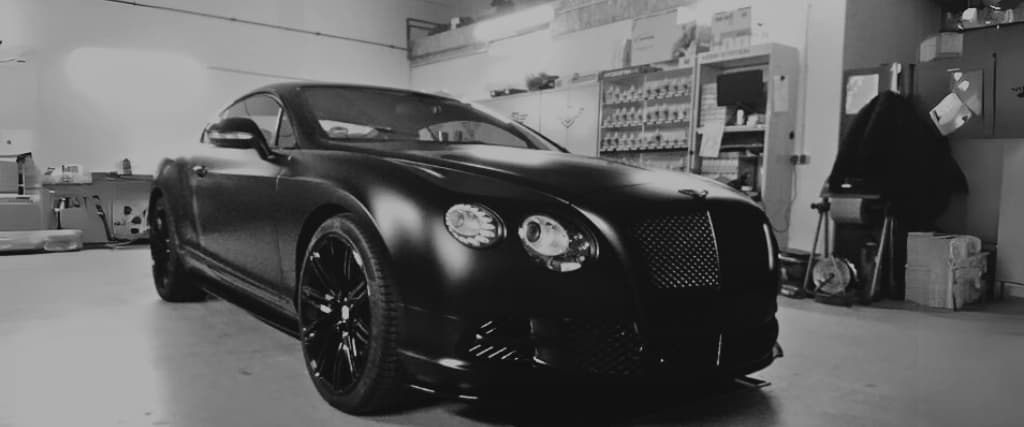
The dealership shop will take very specific measurements of your vehicle. They then search for vinyl corresponding to your vehicle’s make, model, and year.
To get the vinyl to conform nicely to the vehicle’s curves, you first clean it, and then pieces like taillights, door handles, and unwrappable headlights are removed — normally done to ensure uniform wrapping.
The professionals use a heat gun and a solvent to heat the material to stretch, and then he applies the material. Using many vinyl layers is sometimes necessary for particular cars.
How Much Might It Cost to Have a Professional Wrap a Car?
Wrapping a car can cost anywhere from six hundred to three thousand dollars. However, this will depend on the vehicle’s measurements, the degree of detail of the vinyl wrap layout, and the amount of labour involved.
The cheapest estimates for a tiny automobile with two doors cost two thousand dollars, with the most expensive going well over ten thousand dollars.
The golden rule of hiring a professional to get your car wrapped with vinyl or chrome wrapping is to hire someone you can trust. If you want to ruin your car, you don’t have to hire somebody; you can do it yourself.
How Much Physical Labour Does Do-It-Yourself (DIY) Wrapping Require?
Maybe you’ve decided to wrap your car to save a few grand. Perhaps, it is possible. But there are certain caveats, as this is not a job for the shaky-handed or the faint-hearted.
This sensitive operation is best carried out in an enclosed area. You must avoid rain, wind, and floating particles when wrapping your car.
You do not want to do it under a tree where tree sap can interfere with wrapping at any time or even bird droppings. It can frustrate you since it is a very fragile procedure.
After carefully washing and drying, you’ll need a friend’s assistance to move the longer panels. These long panels are challenging to handle as this is not a one-person job.
Be ready to purchase and use the equipment to remove air bubbles and kinks before the final smoothing. Keep in mind that the result will reflect your efforts.
Since When Has the Practice of Wrap Cars Existed?
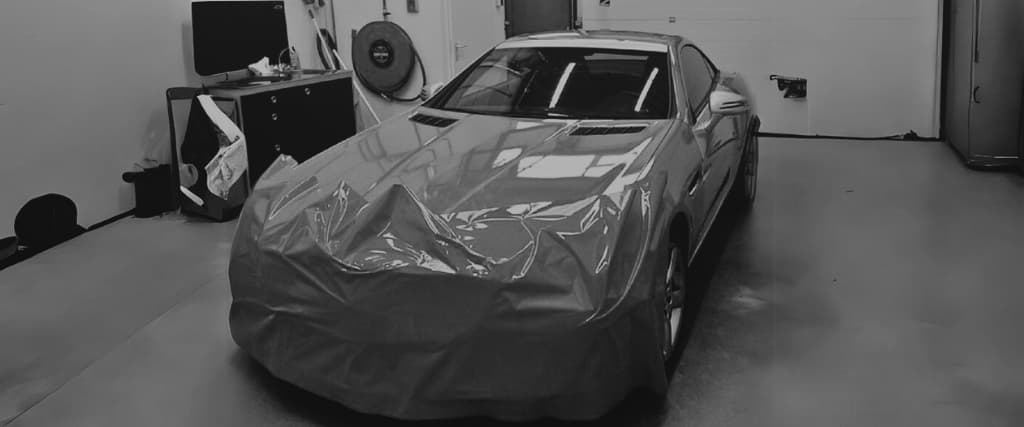
There are several possible explanations, and we have provided a detailed breakdown.
Vinyl wrapping is one of the trendiest and finest ways many have customised automobiles. However, people have done this for many years since cars existed.
Before deciding whether or not the benefits of shrink-wrapping your car in a new colour are worth the potential costs, it’s essential to consider those benefits. You need to understand what it might cost you and whether it is worth the price.
So, let us assist you there. There are certain drawbacks to vinyl covers that you should think about if you’re debating whether or not.
You may be thinking of not using them — instead, you should paint your car.
1. Car Wraps Varieties and Colours
“Car wrap” refers to covering your entire vehicle in large vinyl decals, including the fenders, doors, bumper covers, hoods, roof, and decklid. There will be no exterior traces of your car’s previous colour. A car wrap functions similarly to a new coat of paint.
If you correctly apply and maintain your wrap, it will not alter or ruin the original paint on your vehicle. It can be easily modified to suit your requirements. Like with paint, a wide range of colour options and finishes exist.
Metallic and chrome tones are additionally available. Wraps are precisely made digitally, so you may pick from an almost unlimited variety of designs and graphics to give you the luxury of personalising your ride. Do you want the exterior of your car to have the appearance of like that of carbon fibre? It’s no sweat.
Wraps do not just offer more customisation options than paint, but they’re also simply put and removed first. You can peel those vinyl wraps off. The good thing about car wraps is they permit you to apply graphics or paint combinations and colours that would be difficult to achieve otherwise.
Wrapping an automobile is convenient for businesses, brands, and companies to display adverts for their goods and services. They can also display company logos then the wrap can be carefully removed when the car is being traded-in.
If you’re leasing a car, getting a wrap is a smart move because of the restrictions and steep fees associated with making any changes to the initial state you obtained the car in.
Wraps can cover the entire exterior of a vehicle or just a select few key areas, such as doors, boot, and hood. Many car owners use clear coverings on their vehicles’ front ends to prevent damage from road debris such as sand and gravel. The coating of protection we used on the front end of our long-term Porsche Boxster S was transparent and barely noticeable.
2. The State of the Automobile
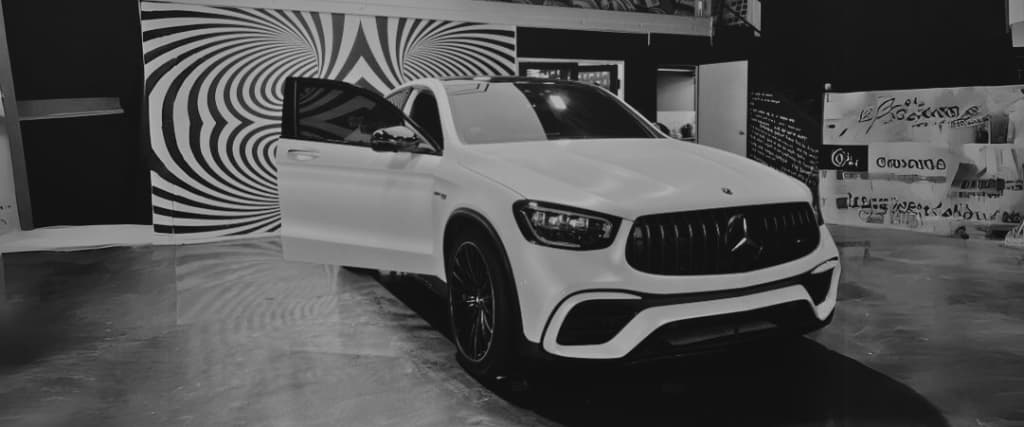
The car’s state influences how well the exterior covering functions and how long it lasts. This approach is similar to covering up imperfections with paint without first repairing them. Corrosion or paint chipping might prevent vinyl stickers from adhering properly to the car’s surface.
If your car’s paint is chipping or showing evidence of corrosion, some businesses won’t apply a wrap and stand behind their work with a guarantee or even a warranty. When applied on a subpar surface, a wrap rarely lasts as long as it would on something better.
A vinyl wrap can protect your car’s paint from the weather and keep it looking great for four or five years if it is in good condition. However, the optimal conditions are also determined by how much you expose your car to harsh conditions. As time passes, it also becomes more of a hassle to get rid of.
3. The Procedure of Application
Wrapping an automobile requires a perfectly smooth and clean surface on the paint. A deep, rigorous wash and detailing, including a power wash, is usually the first step of this procedure which might last several days. The vinyl stickers will eventually stick better if you follow this procedure.
After washing the vehicle, the service centre can take off the taillights, headlights, and front and rear bumper covers so that they can fit the vinyl wrap snugly around the vehicle’s contours. While you can carefully place the wrap without taking out panels, a more professional job might occur if the retailer removes them for better navigation around them.
You can carefully use a heat gun to manipulate the vinyl during application. Complex wrappings and graphics necessitate the use of multiple layers. The final processes include smoothing the vinyl wrap and inspecting for trapped air pockets and other flaws.
4. Range of Wrapping Costs
Depending on the size of your vehicle, the intricate nature of the wrap, and the amount of labour necessary, the costs might range widely. Some automobiles, for instance, have bumper covers that are difficult to remove from the back and the front.
Some panels, such as those on vehicles with particularly rounded or wrinkled bodywork, may need more attention than others. Insurance costs for a sports coupe car with two doors are typically lower than those of a sedan with four doors of the same size.
Wrapping a tiny car with two doors, like a Fiat 500, can cost as little as two thousand dollars, according to Austin Extreme Graphics dealers in Texas, a state in the United States of America. Bigger coupes like the Ford Mustang and Chevrolet Camaro and smaller sport utility vehicles, vans, and trucks may be acquired for roughly three thousand five hundred dollars.
Chrome finishes treatments may cost as little as six thousand dollars, and vinyl with a look like that of carbon fibre, which costs even more, are additional costs to consider.
Wrapping a luxury vehicle can cost over ten thousand dollars, based on size, materials, and complexity. For example, wrapping within the door jambs can add two days of work and a significant amount of money to the project.
5. Service Standards
Depending on your location, wrapping your automobile may require more or less maintenance. The wrap can degrade under the sun and high heat and break down with time. A car with a vinyl wrap is best stored in a garage, or, at the very least, you should carefully keep it under an automobile cover to avoid damage from the elements of the environment.
Problems can also arise in cold-climate states. The road salt used to melt snow on iced roads is harsh on vinyl materials. Wraps installed by a professional can protect the car’s original paint against the elements for up to five years, depending on where you reside.
In most cases, switching out or taking a wrap is a breeze. The price starts at five hundred dollars but can skyrocket if the vinyl or chrome wrap has adhered to the paintwork and cannot be easily removed.
Wrapping your automobile is like covering it with a giant, protective blanket, helping keep your paint pristine. Many colour, graphic possibilities, and treatment options are available to provide your automobile with a distinctive appearance.
Which Procedures Take Place in the Process of Covering up a Vehicle?
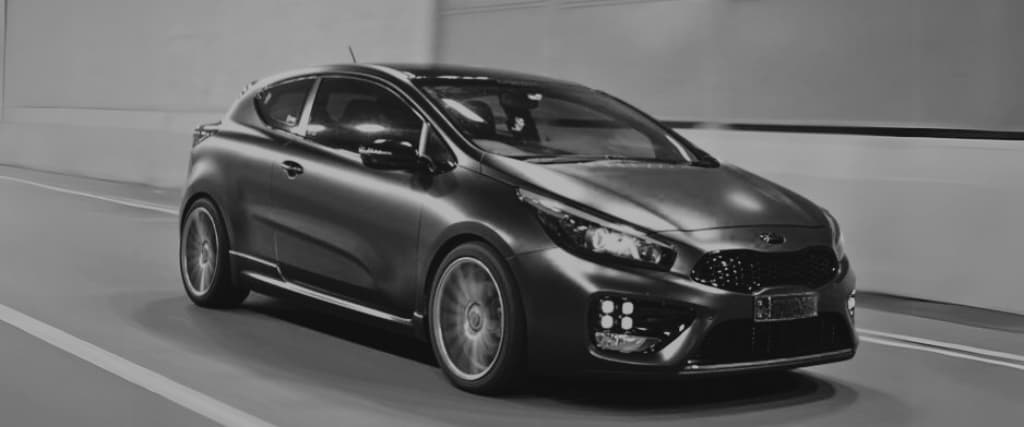
Choose a professional installer first, then have fun with your vinyl wrap selection. Since each wrap is unique, many professional installers handle it one-to-one. They will also examine your vehicle thoroughly because damage reduces the wrap’s effectiveness.
At this stage, we’ll note any customisations or special requests and, pending approval, go on to the next round of the design process.
When the installer is ready to begin, they will rigorously clean the exterior of your vehicle to guarantee that it has an optimal surface. Other vinyl or chrome wraps are carefully cut in advance to suit every part of the car precisely.
Some installers will remove the bumper bars and lights so that the vinyl is seamless once replaced. However, other wraps are not pre-cut and must be cut on the vehicle after installation.
The material is usually made soft using a heat gun to ensure a snug but flexible and comfortable fit. Then the application of the vinyl wrap starts. A lot of skill is necessary to scrape the vinyl until no more air pockets are trapped and the surface is flat.
You can apply a partial or straightforward wrap to your automobile in one day. Complete vehicles with more complicated wrap choices could take a few days.
Buying the vinyl wrap and doing the wrapping yourself might be an option. Yes, conceptually, but anyone who has ever tried to put a cover on a book in touch knows that pockets of bubbles and misalignments are tough to avoid, even on a little scale.
If you enlarge that, your automobile is more likely to finish up looking wrinkled than shining unless you are a skilled installation.
I Am Curious! What Is the Going Rate for Wrapping a Vehicle?
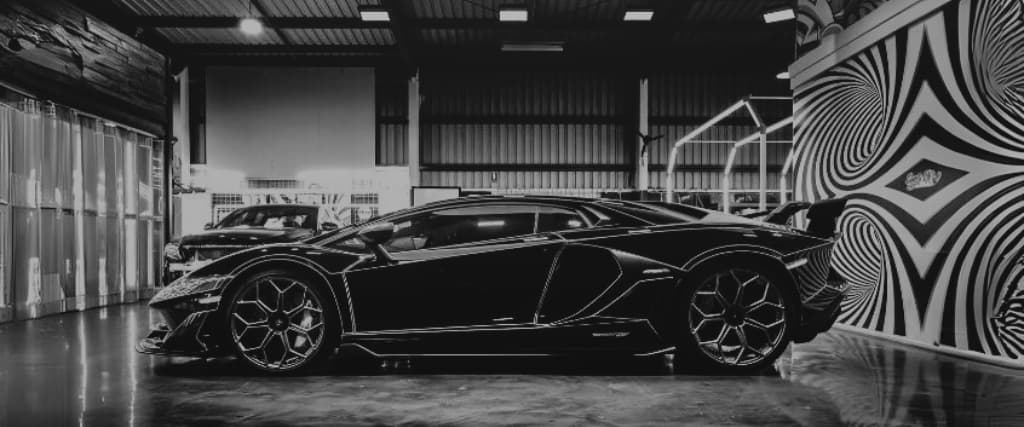
What price does it usually run to have an Australian automobile wrapped? The price of covering might change based on factors such as
- Knowledge and skill of the installers.
- Vinyl wrap quality and varieties available
- The intricacy of your vehicle’s chassis
- How big is your car?
A handful of installers (typically the more upscale ones) decline to provide ballpark figures. They would prefer that you contact them for a personalised price quote.
We appreciate Pro Vinyl’s dealers cost manual, which offers reasonable estimates for complete vehicle wrappings:
| Type of the Vehicle | Cost |
| Compact Sedan | Two thousand nine hundred dollars |
| Moderate sedan | Three thousand three hundred dollars |
| Sports coupe Car | Three thousand five hundred dollars |
| A Supersport Car | Four thousand dollars |
| A big sedan car | Four thousand two hundred dollars |
| A normal Wagon Car | Four thousand four hundred dollars |
| Four Wheel Drive | Four thousand eight hundred dollars |
| A large Four Wheel Drive | Five thousand one hundred dollars |
| Body sets | From ninety dollars |
According to Pro Vinyl, the average cost to cover a car in normal gloss is around three thousand five hundred dollars. Encasing the identical car in a chromium vinyl wrap will save you six thousand five hundred dollars.
In conclusion, the average price of wrapping a vehicle in Australia ranges from approximately three thousand to six thousand dollars.
Wrapping particular automotive components is also an option that Pro Vinyl offers. They provide a price breakdown for this service; for instance, a spoiler would cost around four hundred dollars. For a solar panel, the price ranges from four hundred and twenty to four hundred and ninety dollars.
Is There Something More I Ought to Be Aware Of?
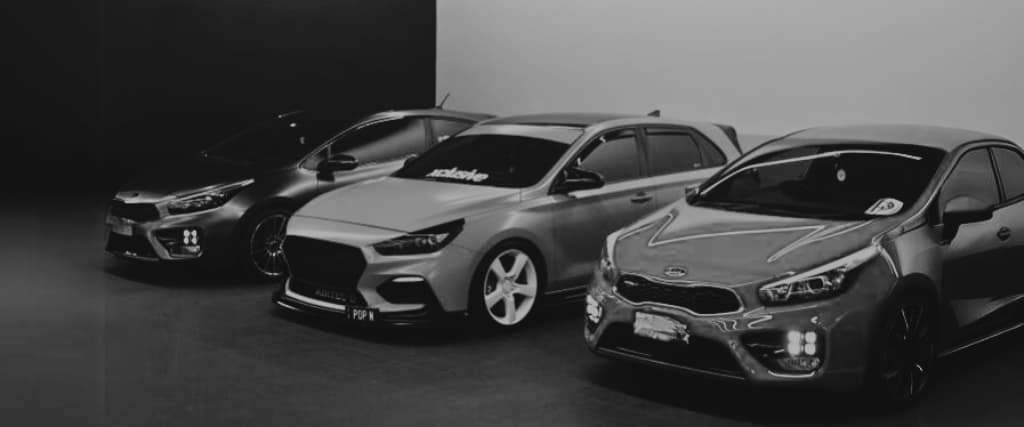
Wrapping cars is normally permitted in Australia. However, drivers should remember that the colour of their vehicles is another means of identification. They use the colour of the vehicle alongside their vehicle identification numbers and license plates.
Consequently, you may need to inform both your insurance provider and the Department of motor vehicles in your state if you drastically alter your vehicle’s colour.
If I Had My Uber Car Wrapped, How Would That Affect the Service?
Wrapping your Uber Carshare in brightly coloured or patterned vinyl will make it stand out from the crowd and protect it from easy theft.
Uber Carshare allows you to reserve and rent a car branded with another company’s logo or an advert on the car wrap. You can supplement your income in this way. Our experience, however, has been that borrowers are less likely to reserve this vehicle if there are other, similarly priced options in the area.
Stickers from Uber Carshare are a minute but effective way to advertise your car to other drivers. For instance, we sell bumper stickers with phrases like ” You can borrow my car, ” with a symbol or logo of preference. We also have stickers showing that all vehicles are no smoking zone and others with information on how to refill the car.
Which Kind of Material Is Usually Used to Make Vehicle Wraps?
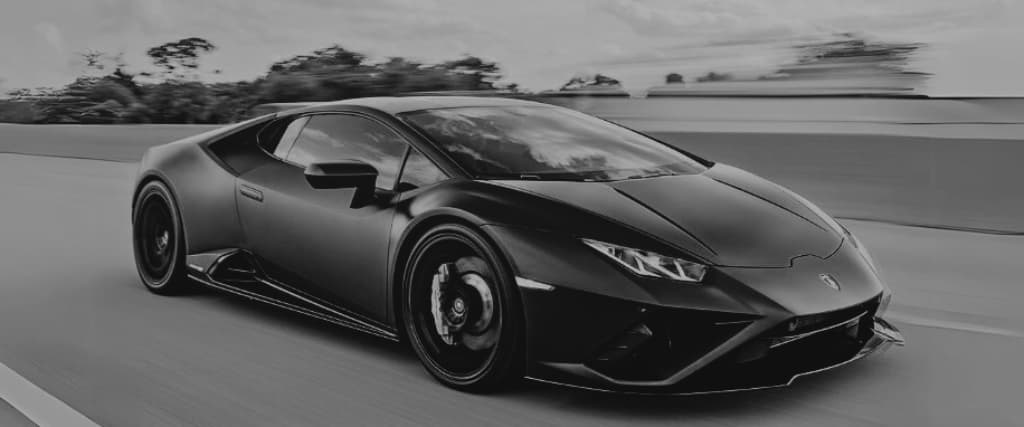
Some questions don’t need an explanation, especially those based on tertiary product explanations. For instance, vinyl wrap is commonly used when describing car wrapping.
Vinyl requires a special solution mixed with water that activates a unique binding agent, which attaches itself to the car’s surface. Nevertheless, car wraps manufactured recently require more than glue and vinyl.
These car wraps usually use a material made of polyvinyl chloride, commonly known as PVC in short. The pleasing aesthetics and enhanced appearances on wrapped cars have had pigment in the material making vinyl.
This is to ensure the desired look is achieved. And this is why you will hear the word graphics is often used when the description of a car wrap is being given.
The feature that enables the car wrap to protect the base surface comes from some added components to the vinyl. Ingredients that absorb ultraviolet rays and stabilize heat properties are also added.
These ingredients prevent the UV rays from passing through the paint. With these enhanced features, the material can withstand harsh weather conditions when the wrap is installed and attached to the surface, either on the mouldings, paint or plastic trim.
Another material used to make a car wrap is vinyl that has been cast. The process is often done simultaneously with the ingredients mixed and either created, moulded or baked. The cast vinyl wraps tend to be resistant to shrinking properties. They are very flexible too.
When Is the Application of Vehicle Wrap Suggested?

Normally, if you wish to put vinyl wrapping on your car, you can apply it anytime. This context applies to fiberglass, clear coats, carbon fiber, and plastic trims.
Your artistic possibilities will significantly expand due to the simplicity with which the application’s appearance can be easily modified. You can always make alterations to the texture, finish, or finish.
Some experts and auto salon dealers on car wrap recommend using any listed products appropriately depending on the situation:
1. To Cover the Car’s Original Paint.
It is not hard to find someone using a car wrap to hide or conceal the damage on the paint. Sometimes, they use car wraps to change the colour of the car. Even so, you should know that how well the adhesion of the wrap attaches depends on how smooth the surface to be applied is.
2. To Enhance the Appearance
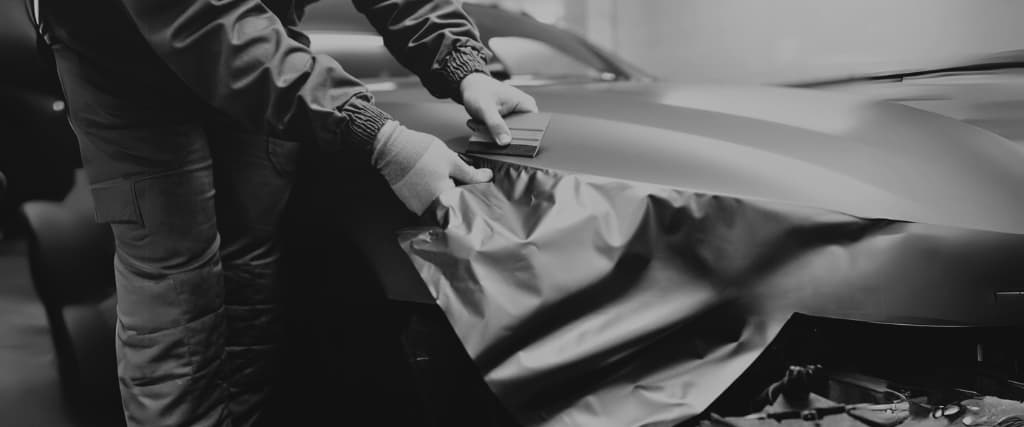
If you want to custom-make your color, you can use the vinyl wrap to put the graphics, graffiti, or colours you desire. You can include unique specific patterns, colour coordinations, your desired branding for your business, or any other specifications tailored.
3. For Advertising Purposes
Companies, businesses, and brands use vinyl wraps on their cars for advertising their goods and services in many cities, highways, roads, or anywhere you park. You can customize a car wrap to fit your business’s desire for any type of vehicle, whether large or small.
Advertising using vinyl car wrapping is a much cheaper platform to advertise your brand, business, or company. It can last for once if you desire to.
4. For Race Cars
A vinyl wrap is an affordable alternative to a thirty thousand dollar paint job, whether you’re a rally racer or you drive a Nitro Funny Car with a speed limit of three hundred and thirty miles per hour.
Furthermore, your financial backers will be pleased with the professional appearance of their logo or emblem. Wrapping your race car in vinyl is a great way to keep the paint job intact, especially if you compete in rough terrain events.
Are Wraps Dangerous to Paint?
You can ensure the paint on your pick-up, SUV, or car is always under protection. However, few can serve to advertise, decorate, and maintain a pristine factory floor all at once. That’s the great thing about wrapping a car.
Even though wraps for automobiles have been available for some time, our clients continue to ask us about the possibility that they scratch the paint when they remove the wrap.
You do not know that car wraps or vinyl wrap, as some know, is safe to apply on another type of paint. Be it a matte finish or a gloss finish, it will not do any harm. It is safe because these car wraps are normally made of extremely thin vinyl materials, making it one of the best products to protect your car’s original paint.
Many people who wrap their cars to enhance their appearance or for aesthetic purposes always wear vinyl car wraps. On the other hand, brands, businesses, and companies use their car wraps to advertise their products and services to people who buy from them.
Wrapping the vehicle that you use daily offers its own unique set of benefits. Let’s answer some of the most frequently asked questions about car wraps so you can make a well-informed choice.
Before Applying a Car Wrap, Does the Vehicle’s Paint Repair in Any Way?
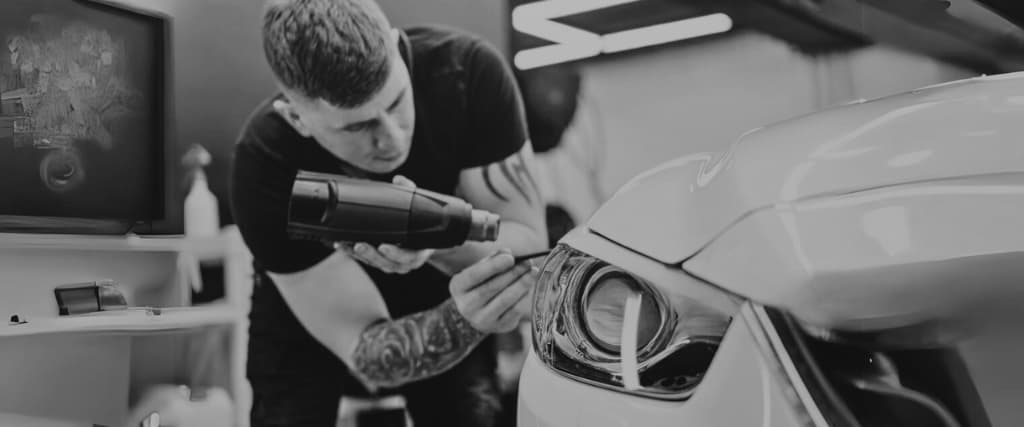
There has been a misconception that car wrapping is for people who have damaged their paint. This information is not correct.
You only need to clean the surface of your car, and it should be as flat as possible to allow proper bonding of the vinyl materials. However, you dont need to worry about it, and there is a manual on preparing your car for vinyl wrapping.
1. An Automobile Cleaning That Removes Contaminants
It is simple; you only need to cleanse your car properly. Cleansing your car will eliminate any grease, bird droppings, wax layers, or any other contaminants accumulated on the car’s paint over time.
2. A Treatment With a Clay Bar
This kind of treatment is highly recommended if you desire a strong vinyl bond with the car’s surface. This bond clears all the small bumps that occur when a car is carefully wrapped, but the surface has pollen, dust from brakes, industrial waste particles, or other small particles.
The treatment will also eliminate contaminants such as tree sap, splatters from bugs or bird droppings, and others.
3. Adjustments to the Paint
Paint corrections issue are still under negotiation. Some professional vinyl car wrap installers and some detailers argue that you don’t need to correct your car paint when getting a car wrap. You dont need to polish the clear scratches or the tiny imperfections. However, some argue that correcting the paint before wrapping the car will make a huge difference.
If you’re considering vinyl wraps for your vehicle, it’s a good idea to get input from a few experts before making the ultimate choice. You will get all the advantages and disadvantages and then make a good decision for your vehicle.
Bottom Line
We hope you found this summary of car wrapping, including the cost, interesting and useful as you consider whether wrapping your car could be a fun and effective way to customize it.
Frequently Asked Questions
What Does the Cost of a Car Wrap Range From?
Wrapping your entire car will cost about two thousand to six thousand dollars. However, if your car is bigger, the price might go higher, or if you choose an expensive wrap.
Alternatively, you can choose to wrap a specific section of the car. Wrapping a smaller section will cost little, just a few dollars. If you add a customized wrap, you will incur some additional costs. The same case happens when you decide to brand your car or a business one in that case.
Is Car Wrapping Less Expensive Than Painting a Car?
Based on the cost of the paint only, a car wrap is definitely the better choice. The cost of car paint of high quality is around three thousand to ten thousand dollars. The cost of a car wrap is just about two thousand to six thousand dollars. These prices are evidence enough that car wrapping is much cheaper than painting.
Which Is a Better Option: Painting or Wrapping a Vehicle?
You’ll get several advantages with a car wrap compared to car paint. These wraps only demand a little, just a little polishing and cleaning. Besides, their durability is higher than that of car paint. Also, wraps give you the luxury to be flexible, as you can change it later.
Which Are the Advantages and Disadvantages of Wrapping a Vehicle?
The huge disadvantage that many experiences when it comes to car wrapping is the cost of buying and installing. The amount ranges from a thousand dollars to about six thousand dollars. For more sophisticated ways, the amount goes way higher.
The second one is you will not be using your car for some days when the wrapping installation is happening. After installation, you get your ride back, and you’ll be on the road like before, but now with a beautifully wrapped car.
However, you get several advantages when you wrap your car. Your car looks newer and has a pleasing appearance, the original paint of the car is normally protected, and the maintenance needs are lower. Additionally, you can always take the warp down when you need to redesign your car or sell it.
Which Kinds of Wrapping Designs Are You Able to Create for Vehicles?
When it comes to choosing the design for your automobile wrap, there are a lot of options you can choose from. There is an option to customize your desired graphics wraps, logo inclusions, different patterns, and color-changing features, just anything you desire.
Decal kits made of removable vinyl allow you to personalize your vehicle however you like. It is also possible to perform partial wraps, in which the material is applied to only a portion of the factory paint rather than the entire surface.
The thing is, if you want you want to change the aesthetics or how your car looks, car wrapping is the way to go! It is the most affordable yet very flexible.
What Duration Does It Take for a Car Wrapping to Wear Off?
Several factors can make your car wrap not last for a long period, as happens with other products meant to protect your car’s original paint. One of the main factors is when your car s constantly exposed to ultraviolet rays, commonly known as UV light.
Even though it contains ingredients or materials that protect from UV light, there is a maximum amount of ultraviolet light that modern vinyl can tolerate before it becomes damaged.
The durability of a car can also be easily affected by other environmental factors. These factors include
1. Prolonged Exposing of the Car to Cold Temperatures and Snowy Conditions
An observation was carefully made that many vinyl materials do not do well when exposed to cold temperatures. Although these car wraps have some sort of resistance towards snow and cold temperatures, prolonged exposure can accelerate the rate of deterioration
2. Too Much Endurance to Hot Temperatures and Sand Gusts
Hot temperatures experienced in deserts and regions with hot climates can also greatly impact your vinyl car wrap. In addition, these bouts of blowing sand can cause the car wrap to have pits, tiny scratches, and spots.
3. Too Much Rain
You should note that a car wrap is not waterproof but can resist water from entering. If you live in regions with too many wet or tropical conditions, you should consider finding an alternative to avoid exposing the car wrap continually to the rain.
How Can I Prevent Damage to My Vehicle Wrap if It Gets Wet?
The points we have outlined above are evidence enough that shows you clearly that the most effective way you can protect your car is to ensure that you keep it inside, away from exposure to UV lights. Unfortunately, some of us do not own garages. In addition, driving under unfavorable conditions can increase the rate at which the car wrap acquires damage.
Installing a ceramic coating using a vinyl installer is the best way to protect and prevent damage from occurring on your automobile’s wrap. Your car will be in pristine condition. Some materials are intact, and others have pores in them.
These pores do not mean that they are unwrappable. Instead, you can use a coating that is nano that has been properly designed to stick porous materials to each other.
When you log in to social media accounts, you will find many videos on how you can Do It Yourself (DIY)your car wrapping with others claiming that it works. However, these cheap ceramic coatings are not made especially for this kind of material. When you finish wrapping your vehicle in the DIY style, you will notice the application has been inconsistent.
On the contrary, the ceramic coating that is usually used by professionals to wrap cars is specially prepared with vinyl alongside other materials. Since these materials are usually made with certain features, they allow the original vinyl material to be flexible.
When installation occurs, they fit with the surface of the automobile, including all the places with bends. This flexibility is an indication the coating will not succumb to cracks.
After coating the car with ceramic, the hardness of a vinyl wrap increases to 9H, making it resistant to a variety of elements, including heat, cold, chemicals, dirt, salt, and droppings from birds and insects, alongside others.
What Steps Should I Take To Prepare My Car Before Wrapping It?
The vehicle must be spotless before wrapping can begin. If applied on smooth, clean surfaces before use, the vinyl film can keep its adhesiveness for up to 8 years. Vinyl adhesives, on the other hand, have the potential to detach themselves after a few weeks or months if applied on surfaces that are oily, dusty and dirty.
To begin, you will need to give the entire car, both the interior and exterior, a careful cleaning. Use a chemical wax remover to remove wax properly from a car when you need to remove it. A clay bar may be carefully used to clean the paint’s tiny pores, which are normally known to collect oil and small chemical particles.
After making sure that every location is as clean as it can possibly be, wipe down the vehicle with rubbing alcohol. Take off any hardware or ornamental elements that make it impossible to get into the corners. Now, swiftly put down the vinyl to prevent any more soiling from occurring.
Will Covering a Vehicle with Wraps Cause Harm to the Paint?
When the high-quality automotive vinyl installation gets installed by a professional installer. When it comes to installations you do yourself, this is not always the case, you might scratch the paint.
What Happens to Vehicle Wrapings Over Time?
Even vehicles vinyl treated with UV inhibitors will degrade in the sun. The longevity and stickiness of a standard car wrap is between four and seven years. After that, the old vinyl may be easily removed and the new vinyl installed.